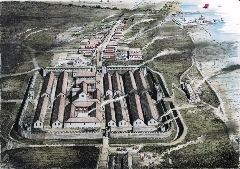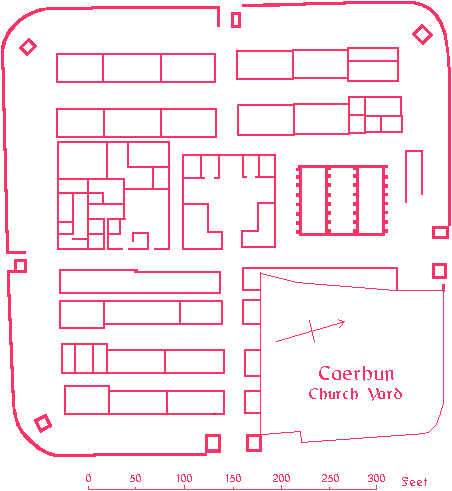Founded c. 75 AD Built 2nd century AD Country Wales Province United Kingdom | Abandoned 4th century AD UK-OSNG reference SH775702 | |
 | ||
Caerhun canovium
Canovium was a fort in the Roman province of Britannia. Its site is located at Caerhun in the Conwy valley, in the county borough of Conwy, in North Wales.
Contents
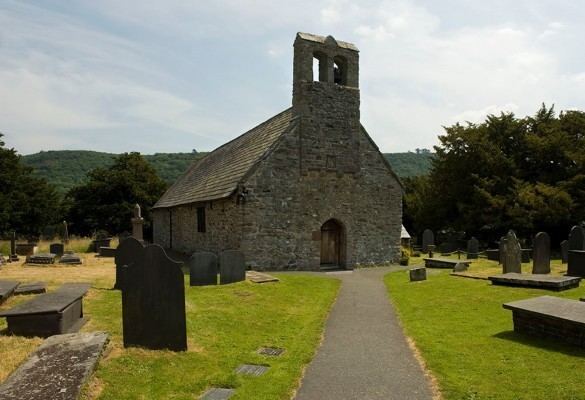
Early history
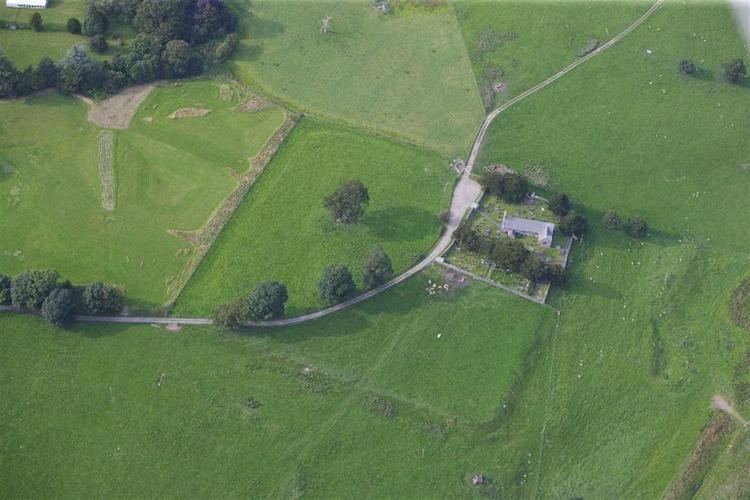
Canovium was a square fort built in timber at an important river crossing (at Tal-y-Cafn) by the Roman army around AD 75, possibly to house a 500-strong regiment of foot-soldiers. Rebuilding in stone began in the early 2nd century. It contained the usual headquarters building, commanding officer's house, granaries and barrack blocks, but the two former buildings were unusually large for the size of the fort. There was a bath-house to the east and an extensive vicus to the north. A large second century milestone dedicated to the Emperor Hadrian, now preserved in the British Museum, was found 7 miles from Canovium in the late nineteenth century.
Later history

There may have been a brief abandonment of the site in the very late 2nd century, but occupation quickly resumed, with the erection of a new cookhouse, and continued until at least the late 4th century. The north-east quarter of the site is now occupied by the 14th-century parish church of St Mary and its churchyard.
Academic studies
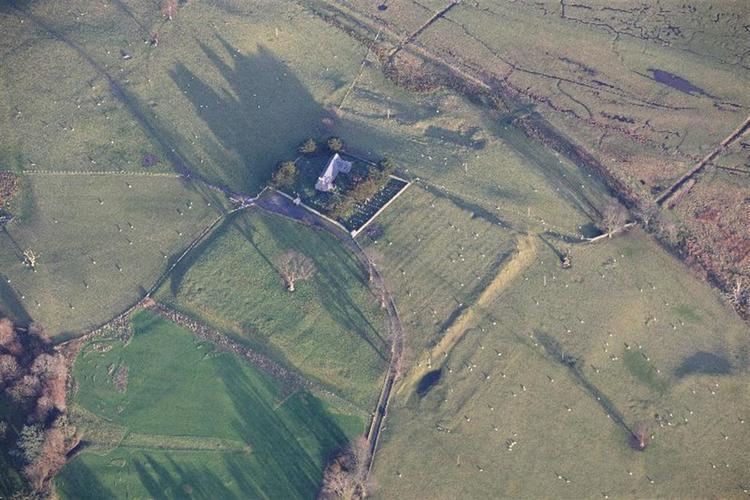
There have been several publications on the Cavovium fort, described at the Kanovium Project link below. The classic study of the fort was the 1938 collected reports of P.K. Baillie Reynolds, of Aberystwyth University, the culmination of four summers of excavation by him.
